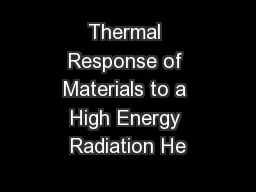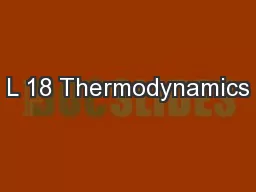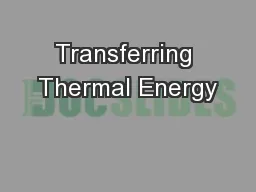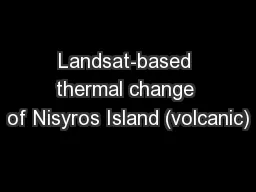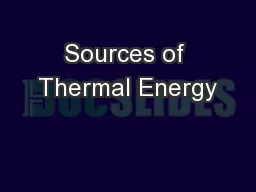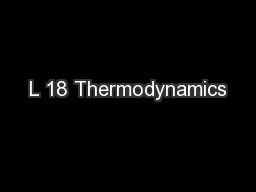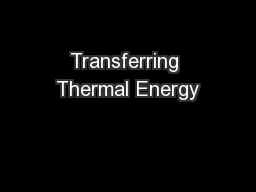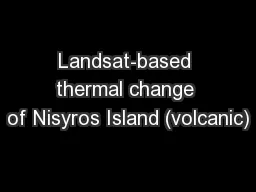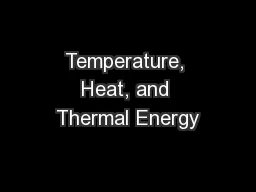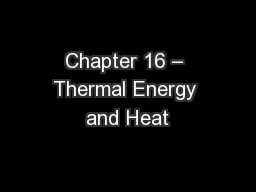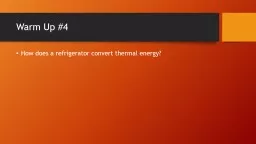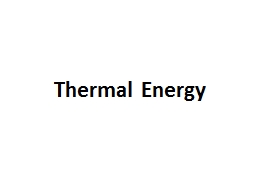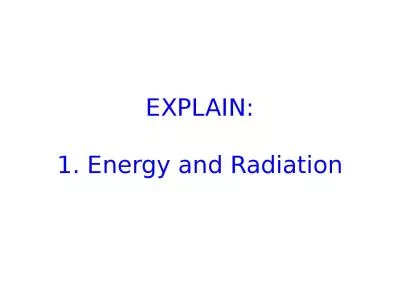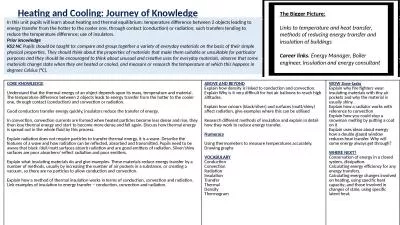PPT-Thermal Response of Materials to a High Energy Radiation He
Author : aaron | Published Date : 2017-08-16
Dr Matthew C Carroll Texas A amp M University at Galveston 2011 Thermal and Fluids Analysis Workshop Passive Thermal Session 1 Newport News Virginia August 2011
Presentation Embed Code
Download Presentation
Download Presentation The PPT/PDF document "Thermal Response of Materials to a High ..." is the property of its rightful owner. Permission is granted to download and print the materials on this website for personal, non-commercial use only, and to display it on your personal computer provided you do not modify the materials and that you retain all copyright notices contained in the materials. By downloading content from our website, you accept the terms of this agreement.
Thermal Response of Materials to a High Energy Radiation He: Transcript
Download Rules Of Document
"Thermal Response of Materials to a High Energy Radiation He"The content belongs to its owner. You may download and print it for personal use, without modification, and keep all copyright notices. By downloading, you agree to these terms.
Related Documents

